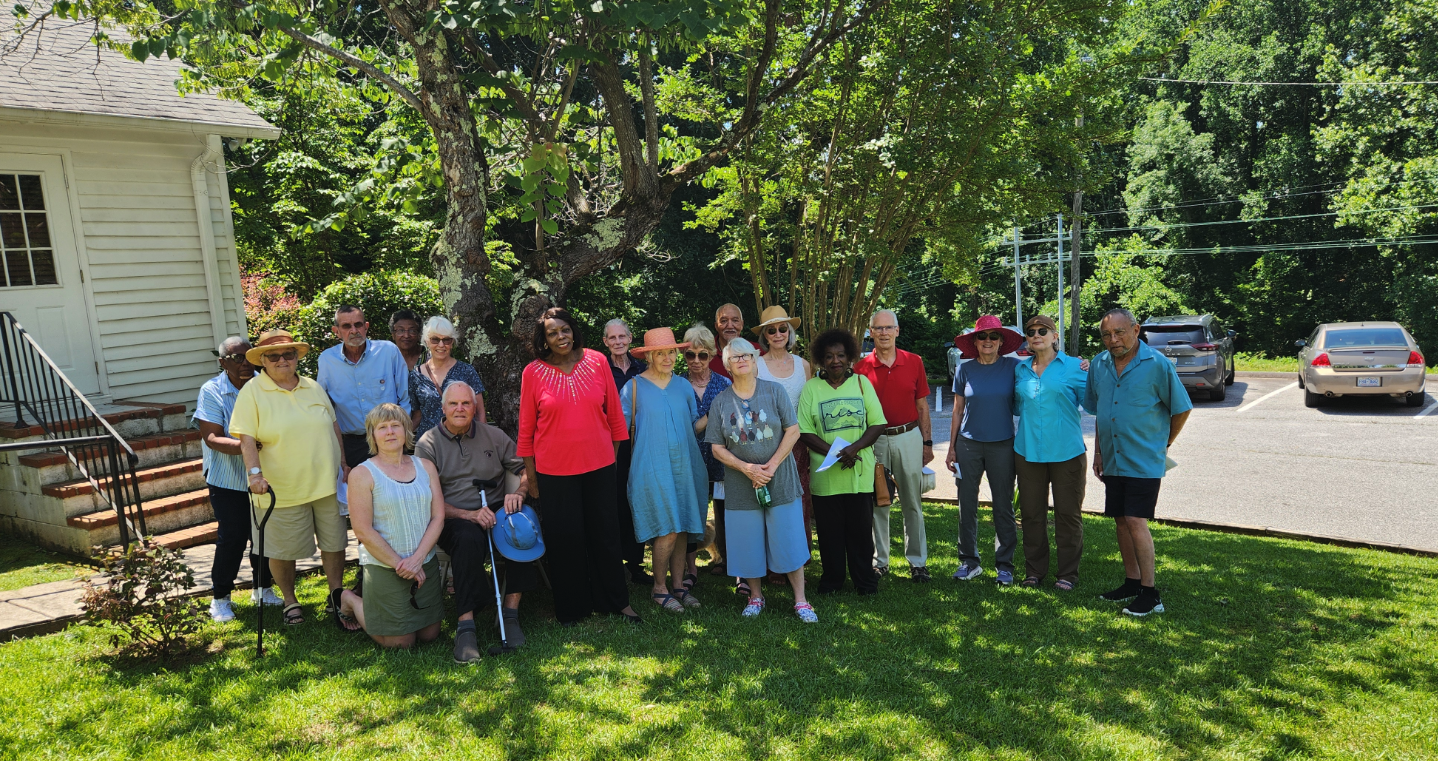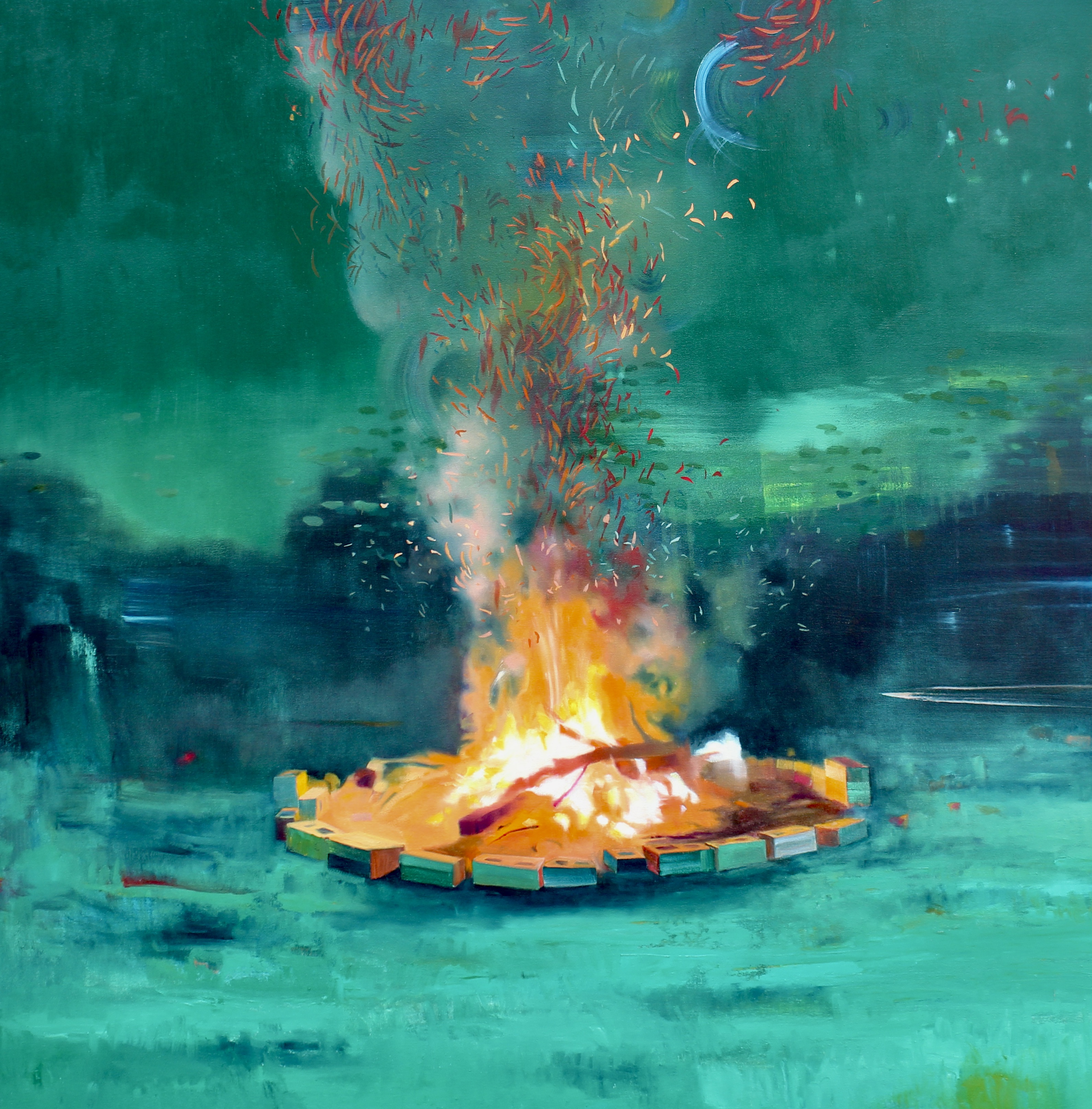Remembering Gina and the news
Published 10:00 pm Thursday, September 8, 2016
The lady that I knew only as Gina was a regular at PRO Physical Therapy for the last several years. She was brought there by various drivers, and worked with trainer Njele Singogo faithfully. She always called me her “friend” as I took her hand and returned her smile as we conversed. She sent me a Christmas card, and I had to figure out who this Virginia Petura was . . . I had an idea after some thought, and Billie Jordan verified it. Njele and I have certainly missed that wonderful lady who was trying so hard to stay “in shape” as she approached a century of life.
Continuing my train of thought on “how it was,” I want to comment on the evolution of news reporting in my lifetime.
When I was a boy living on Rippy Hill, the event of the century came upon us: WWII. My Dad had talked with my Mother about the coming of war before he died in 1938, but at eight years old, I was not aware. While we were living in Durham (c.1939) Mother put me on the train to visit her parents. A lady on the train told me about events in her country in Europe (maybe Czechoslovakia) that were leading to WWII. Then we got news of the Japanese attack on Pearl Harbor—we were visiting one of my teachers, Mother’s friend—over the radio. Thus begins my story of the evolution of news reporting . . .
My grandfather, T. A. Rippy, subscribed to three newspapers and had to have the “war news” on the radio during most of the evenings. I remember hearing Edward R. Murrow broadcast from London, his voice rising and falling on the short wave radio relayed to us by WBT Charlotte. Papa Rippy also listened to Grady Cole in the mornings . . . I heard both of these broadcasts when I came in from milking Mama Rippy’s cow. I was already familiar with WBT’s broadcasts of the “Briarhoppers” from having lived in Mooresville earlier.
When I became a teenager, Aunt Mildred introduced me to classical music and the broadcasts of the NY Philharmonic orchestra on Sunday afternoons. As Fran was absorbing Milton Cross and the Metropolitan opera while lying under her Grandmother Zoe’s big floor model radio on Saturday afternoons in Texas, I was glued to my Dad’s little Zenith table radio on Sundays on Rippy Hill.
Later, while I was serving in the Air Force, something called television appeared in our Day Room. As I remember, it had an 8-inch diameter screen and carried programming for only a few hours a day. Since it was an oddity, an old-timer responded to a query about how he liked the new TV, “Yes, I’ve seen it.” I pretty much agreed with him as to its value . . .
When Fran’s Aunt Christine lent us their older TV (a small B&W table model) when I was in college, they came to visit us and asked where the TV was. I went and got it from the hall closet, where we kept it unless we wanted to see something on it. Aunt Christine then took it back home!
We bought our first TV (used) when we discovered that it was a great baby-sitter for our three year old son. Our kids were well into grammar school before we got a color TV—I was waiting for acceptable color, which finally became available (late 70s).
Oh! This was supposed to be about the evolution of news reporting: remember when the news was a public service, a half hour of commercial-free reporting when a staff announcer just read the news to us? Then came highly-paid “anchors,” then co-anchors to add females to share in the money and the celebrity, and now wee bits of news alternating with long bouts of commercials. Not to mention the glass desktops, the better to see whatever the requisite short skirts may reveal.





